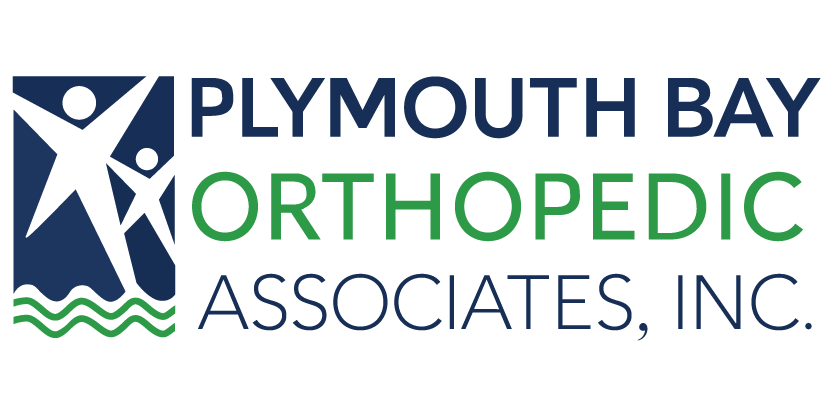[foogallery id="4734"]
There are often subjective complaints in patients with lumbar spinal stenosis and hip arthritis that are difficult to distinguish where the pain is originating. The signs and symptoms are very similar and can be difficult for patients to understand and prove challenging for physicians to diagnose. This is why I believe it's so important to listen to patients and their predominant pain generators. For example, a patient presented left buttock and anterior thigh pain for 1-3 years. The patient was referred to the spine clinic for a lumbar decompression surgery. However, further examination suggested the pain might be arising from the hip joint. The symptoms were from hip pain the whole time, not back pain, and it would have most likely gone unnoticed without a thorough examination.
Let me share some shocking statistics with you about back pain and hip pain:-hip osteoarthritis is seen in 27% of people over the age of 45
-85% of people will experience back pain in their lifetime
-40% will experience sciatica
-low back pain disability claims are currently in epidemic proportions
-lumbar spinal stenosis is the most frequent reason for spine surgery in patients over the age of 65
The definition of lumbar spinal stenosis is “an incongruity between the capacity and the contents of the spinal canal that may give rise to compression of the nerve roots of the spinal cord.” The common complaints that patients present with spinal stenosis are the following:
- “rubbery legs”
- “numbness in legs or pins and needles”
- “I can’t walk very far anymore”
- “I have to sit down to get rid of my hip and leg pain”
- “I have to lean on a grocery cart”
It can be confusing and complicated for patients, because many of these complaints are similar to those of hip arthritis. Thus, at times it is difficult to distinguish hip and spine pathology. Clinicians refer to this paradox as Hip-Spine Syndrome. At times, there can be problems in both the hip and lower back. On top of this, there are other similar pain symptoms with Flat Back Syndrome and even sacroiliac joint pain. A careful clinical evaluation is often required to help distinguish these causes of pain. Many patients fear “missing” a diagnosis that can be easily addressed. Dr. Leckie and Dr. Beck are experienced Orthopedic Spine Surgeons who are experienced at diagnosing and differentiating these problems and can offer a wide variety of treatment options.
